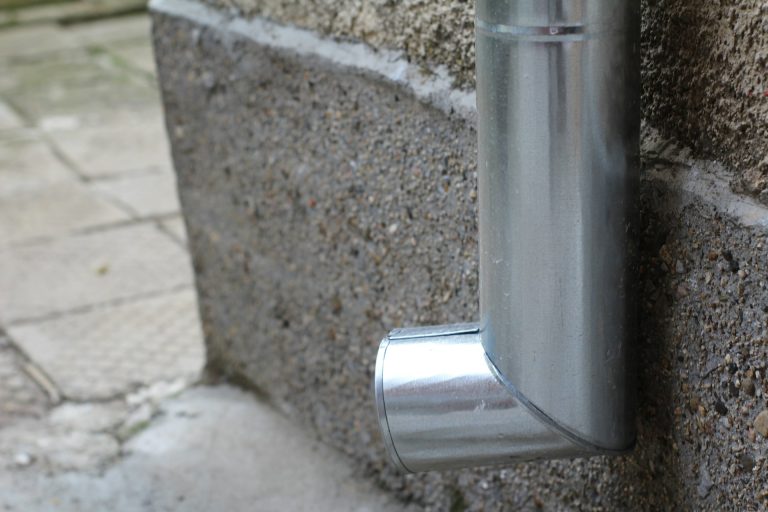Design Tips for a Productive Home Office

More and more individuals are opting to work from the comfort of their own homes. However, creating a productive home office space requires thoughtful planning and strategic design choices. This article will discuss essential design tips that will help you create a functional and inspiring home office environment.
From ergonomic furniture arrangements to clever storage solutions, we will explore how to maximise productivity and efficiency in your home workspace. Whether you are a freelancer, entrepreneur, or remote employee, implementing these design tips will ensure that your home office is where focus and creativity thrive.
Selecting Practical Flooring for Durability

When selecting flooring for a home office, it is important to choose materials that are not only durable but also easy to maintain. One popular option is hardwood flooring, known for its timeless appeal and long-lasting durability.
Hardwood floors are easy to clean and withstand heavy foot traffic, making them an ideal choice for a home office where you may spend long hours each day. Another practical flooring option is laminate, which offers the look of hardwood at a more budget-friendly price point. Laminate flooring is also scratch and stain-resistant, making it a low-maintenance choice for a busy home office.
For those looking for a more modern and eco-friendly option, consider bamboo flooring. Bamboo is a sustainable material that is highly durable and resistant to moisture and stains, making it a practical choice for a home office.
Additionally, cork flooring is another environmentally-friendly option that is durable and soft underfoot, making it a comfortable choice for a workspace where you may be standing or walking for extended periods.
Another excellent eco-friendly option is marmoleum flooring, which combines durability with easy maintenance and offers a variety of design choices to suit any home office decor. By selecting a practical flooring material for your home office, you can create a stylish, inspiring space built to last.
Optimising Workspace Layout

One key aspect of optimising your workspace layout is arranging your desk and chair for maximum comfort and efficiency. This means ensuring that your desk and chair are at the appropriate height to prevent strain on your back and neck.
Your chair should also provide proper lumbar support to promote good posture and reduce the risk of discomfort or injury. Consider positioning your desk near natural light sources to reduce eye strain and boost productivity.
In addition to properly arranging your desk and chair, it is essential to incorporate smart storage solutions into your home office layout. Utilise shelves, drawers, and filing cabinets to keep your workspace clutter-free and organised. Consider investing in storage bins or baskets to store office supplies and paperwork efficiently.
Keeping your workspace neat and tidy can create a more conducive environment for focus and concentration.
Choosing Ergonomic Furniture

Choosing ergonomic furniture is crucial when setting up a home office for maximum comfort and productivity. Ergonomic furniture supports the body’s natural posture and reduces the risk of strain and discomfort. Investing in ergonomic chairs, desks, and accessories ensures that you can work for longer periods without experiencing fatigue or pain.
One of the main benefits of ergonomic furniture is improved comfort, which helps to increase focus and concentration. By providing proper support for your back, neck, and arms, ergonomic furniture can help prevent injuries and reduce the likelihood of developing musculoskeletal issues. In addition, ergonomic furniture can also boost productivity by allowing you to work more efficiently and effectively without the distraction of discomfort or pain.
Ergonomic furniture can be adjusted to suit your needs and preferences, making it a versatile and practical choice for any home office setup. Whether you prefer sitting or standing while working, ergonomic furniture can be easily customised to provide the right level of support and comfort. Overall, investing in ergonomic furniture is a smart decision for anyone looking to create a productive and comfortable home office environment.
Incorporating Storage Solutions
Implementing smart storage options is crucial for keeping your home office organised and clutter-free. One of the first steps in incorporating storage solutions is to assess your needs and identify the items that need storage. This will help you determine the type and size of storage solutions that best suit your space.
Consider investing in multi-functional furniture, such as desks with built-in storage compartments or shelving units that can double as room dividers. Utilise vertical space by installing shelves or wall-mounted cabinets to store books, files, and office supplies. Labelling storage containers and creating designated areas for specific items can help you stay organised and easily locate your needs.
Remember to regularly declutter and reevaluate your storage solutions to ensure they continue to meet your needs. By incorporating smart storage options into your home office design, you can create a more efficient and productive workspace that will help you stay focused and inspired throughout the workday.






